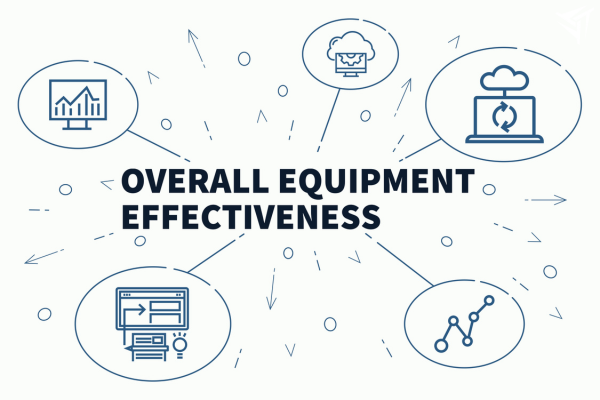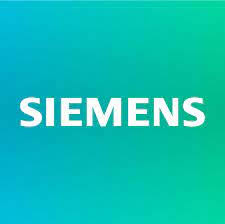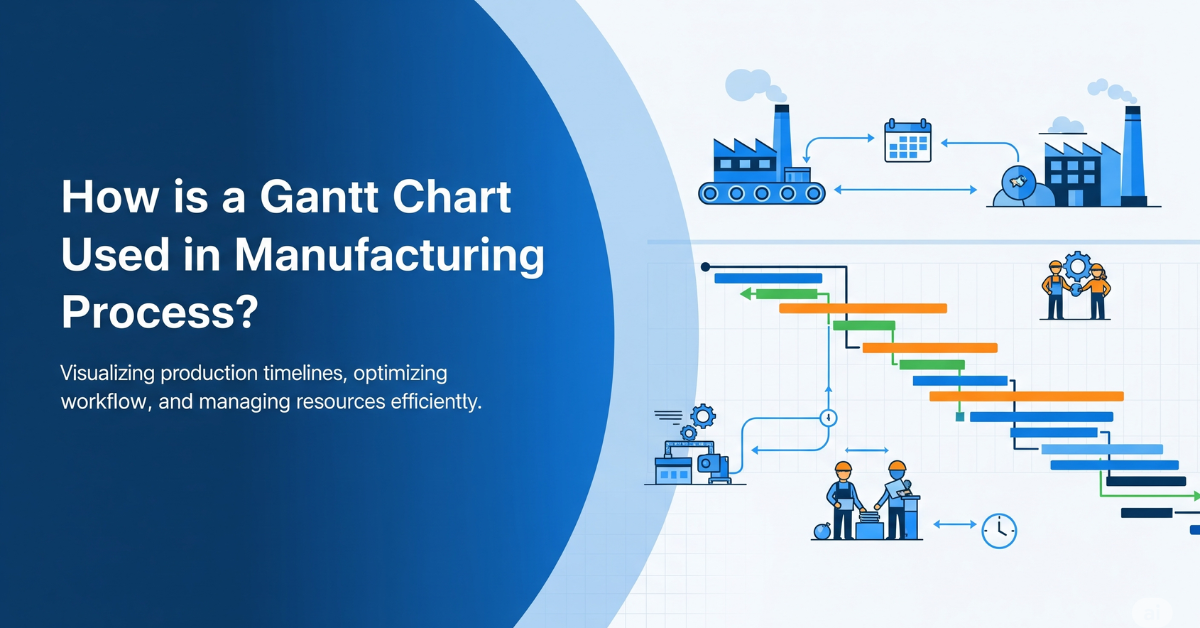Overall Equipment Effectiveness Software
Overall Equipment Effectiveness Software unites digital performance data with the physical operation of manufacturing equipment by monitoring key metrics in real time. It ensures machinery runs at peak performance while maintaining quality standards and reducing downtime and inefficiencies.
This solution empowers smart manufacturing by integrating equipment insights into proactive maintenance and continuous process enhancement.
Equipment Effectiveness Challenges
Maximizing equipment effectiveness is challenging due to unplanned downtime, inconsistent maintenance, and limited visibility into performance data. Manufacturers often rely on manual tracking or siloed systems, making it difficult to identify root causes of inefficiency. Without real-time monitoring and analytics, optimizing availability, performance, and quality remains out of reach.

What does OEE Software Do?
OEE (Overall Equipment Effectiveness) Software tracks and analyzes equipment performance to identify productivity losses across availability, performance, and quality. It captures real-time data from machines and production lines to calculate OEE scores and highlight bottlenecks. This enables manufacturers to reduce downtime, increase throughput, and drive continuous improvement across operations.

Key Features of OEE Software
Automated Reporting
Generates scheduled, detailed reports and dashboards that consolidate OEE metrics, trends, and performance indicators. Simplifies review and supports continuous improvement.
Real-Time Monitoring
Continuously tracks equipment performance by capturing live data on uptime, speed, and utilization. Enables proactive alerts and efficient resource management to maximize operations.
Advanced Analytics
Processes equipment data using robust algorithms to pinpoint inefficiencies, predict maintenance needs, and provide actionable insights that drive process improvements.
Benefits of Using OEE Software
Increased Output
Boosts capacity by pinpointing inefficiencies, increasing manufacturing throughput.
Reduced Downtime
Minimizes stoppages through early fault detection and proactive maintenance scheduling.
Cost Savings
Optimizes asset use to cut repair costs and lower overall operational expenses.
Data-Driven Decisions
Empowers teams with actionable insights for smarter and timely choices.
Improved Efficiency
Maximizes utilization and reduces waste for streamlined operations.
Proactive Maintenance
Detects issues early and schedules maintenance, preventing costly breakdowns.
Siemens Opcenter Execution
Snic Solutions is recognized as one of the elite organizations partnered with Siemens as a value-added reseller of Opcenter.
/About%20Page/Blake%20Digital%20Transformation%20Solutions.png?width=500&height=500&name=Blake%20Digital%20Transformation%20Solutions.png)

OEE Software Integration
OEE Software is vital in the smart manufacturing ecosystem by integrating with systems like MES, SCADA, and ERP to measure and optimize equipment performance in real time.
What happens when you integrate?
Integration enables seamless data capture from machines, delivering real-time visibility into availability, performance, and quality. This supports proactive maintenance and continuous improvement across the shop floor.

From Our Blog
Stay up to date with what is new in our industry, learn more about the upcoming products and events.

How is a Gantt Chart Used in Manufacturing Process?
In manufacturing, Gantt charts are used to simplify production by visualising task…
.png)
Top Advantages of Laboratory Automation Systems
Are you curious about how laboratory automation can benefit your lab? Laboratory a…
.png)
What Is A Bidirectional LIMS?
LIMS bidirectional communication, or what is LIMS bidirectional, refers to the two…
Frequently Asked Questions
Have Question? We are here to help
What is OEE software?
OEE software tracks and analyzes equipment performance by measuring availability, performance, and quality. It helps manufacturers identify losses and improve productivity.
What is OEE in the manufacturing industry?
OEE (Overall Equipment Effectiveness) is a metric used to measure how effectively manufacturing equipment is utilized. It highlights downtime, inefficiencies, and quality losses.
What are the 3 components of OEE?
-
Availability – Actual operating time vs. planned production time
-
Performance – Actual speed vs. ideal cycle time
-
Quality – Good parts produced vs. total parts produced
What is the difference between TPM and OEE?
TPM (Total Productive Maintenance) is a proactive maintenance strategy, while OEE is a performance metric. OEE often measures the effectiveness of TPM initiatives.
What does OEE mean?
OEE stands for Overall Equipment Effectiveness. It measures the percentage of manufacturing time that is truly productive.
What is OEE a KPI?
OEE is a KPI (Key Performance Indicator) used to track equipment efficiency. It combines availability, performance, and quality into one benchmark score.
What is OEE monitoring?
OEE monitoring involves real-time tracking of machine uptime, cycle times, and defect rates to analyze performance and uncover inefficiencies.
How to calculate OEE in Excel?
Multiply the three components:
OEE = Availability × Performance × Quality
Each component is expressed as a percentage (e.g., 0.90 × 0.95 × 0.98 = 0.838 or 83.8%).
What does 85% OEE mean?
An OEE of 85% means the equipment is producing quality products at optimal speed with minimal downtime. It's considered world-class performance.
How to use OEE data?
Use OEE data to pinpoint bottlenecks, reduce downtime, improve maintenance planning, and track production trends for continuous improvement.
What is the best OEE?
100% OEE is ideal but rarely achieved. A score of 85% or above is considered world-class, while 60–75% indicates room for improvement.
Partner With Us To Reduce Your Technical Debt
Snic Solutions is recognized as one of the elite organizations partnered with Siemens as a value-added reseller of Opcenter.
/About%20Page/Blake%20Digital%20Transformation%20Solutions.png?width=500&height=500&name=Blake%20Digital%20Transformation%20Solutions.png)
